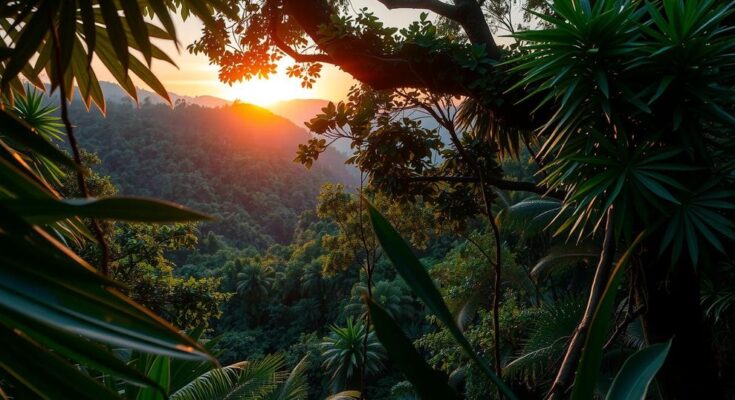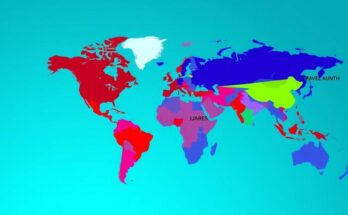The M23 rebels, backed by Rwanda, are rapidly advancing in the DRC, capturing territory and displacing over 500,000 people. Their claim to protect ethnic Tutsis masks a deeper interest in the country’s rich mineral resources, leading to heightened geopolitical tensions, particularly between the U.S. and China.
The ongoing conflict in the Democratic Republic of Congo (DRC) involves the M23 rebels, who, with backing from Rwanda, are rapidly advancing and capturing significant territory. Within just one month, these rebels have overpowered the Congolese army, forcing over 500,000 individuals to flee their homes. Recently, Goma, a vital city bordering Rwanda, has fallen under M23 control, reminiscent of their previous capture in 2012.
Residents in Goma have endured harrowing conditions over the past week, seeking refuge indoors amidst a backdrop of violence, characterized by gunfire and periodic bombs. With electricity and water supplies disrupted, many locals have taken in displaced families, although numerous newcomers arrived in Goma without any connections. This plight highlights the intense humanitarian crisis emerging in Eastern Congo.
The M23 rebels claim their actions are aimed at safeguarding the interests of ethnic Tutsis, a group that suffered greatly during the 1994 genocide. However, analysts reveal that the primary motivation lies in the wealth generated from Congo’s vast reserves of critical minerals, essential for technology in modern devices. Therefore, the conflict encapsulates not only a fight for survival but also a power struggle for valuable resources.
The competition for these minerals has intensified among global powers, particularly between the United States and China, raising concerns that the rebels’ actions could jeopardize access to these vital resources. The situation is further complicated by the historical context of violence shared between the DRC and Rwanda, notably the events following the 1994 genocide.
Ruth Maclean serves as the West Africa bureau chief for The Times, offering significant insight into the complexities of the situation across 25 nations, including Congo and Nigeria. Her coverage delves into the multifaceted nature of the ongoing conflict and its implications for regional stability.
The Democratic Republic of Congo is rich in vital minerals, making it a focal point of geopolitical interest and conflict. The ongoing turmoil stems partly from historical tensions linked to the 1994 Rwandan genocide, which resulted in a large number of perpetrators seeking refuge in Congo. This historical context fuels current conflicts, as ethnic divisions and resource claims intertwine, fostering an environment of instability and violence that affects millions.
In summary, the conflict in Eastern Congo driven by the M23 rebels underscores a complex interplay between ethnic strife, humanitarian crises, and global resource competition. With significant minerals at stake, the implications of this conflict reverberate through geopolitical channels, complicating efforts to stabilize the region and address the plight of displaced residents.
Original Source: www.nytimes.com




